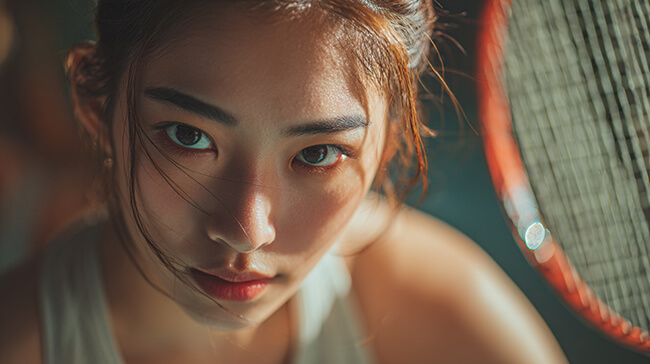
I. Why do people keep buying 50mm prime lenses?
The 50mm prime lens has become a "evergreen" because it precisely meets entry-level needs, offers good value for money, and addresses scene-specific pain points:
1. The recommended reputation as an entry-level "required course"
50mm is known as the "standard lens". Its angle of view (approximately 46°) is close to the natural viewing angle of the human eye. It has neither the distortion of a wide-angle lens nor the compression of a telephoto lens, and is regarded by countless tutorials and experienced photographers as "the best lens for practicing composition". For beginners, the classic logic of photography入门 is to "force yourself to move to compose with a prime lens". In addition, manufacturers often make 50mm prime lenses into low-priced models (such as Canon's "nifty fifty" and Nikon 50mm f/1.8G, which are often priced below 1,000 yuan), making them the choice for many people as "the second lens to buy when purchasing a camera".
2. The irresistible temptation of a large aperture
Most 50mm prime lenses have an aperture of f/1.8 or even larger (such as f/1.4, f/1.2). They can capture clear images in low-light environments (such as indoors, night scenes) and easily create a "blurred background" atmosphere. For users who like to take portraits and still lifes, the temptation of "getting a high-end feel with little money" is hard to resist - after all, zoom lenses at the same price usually only have an aperture of f/3.5-5.6, with much worse performance in terms of blurring and low-light shooting.
3. The "hidden advantages" of lightweight design and image quality
Prime lenses have a simple structure, small size, and light weight (for example, many 50mm prime lenses are only 200-300 grams), so carrying them with a camera is almost effortless. At the same time, without the compromise of zoom lenses, the image quality (sharpness, color reproduction) of 50mm prime lenses is often more solid than that of zoom lenses at the same price, which is attractive to users who pursue "image quality" or post-processing.
II. Why do most people put it "at the bottom of the drawer"?
The advantages of the 50mm prime lens are precisely its "usage thresholds", leading many people to find that "it is not suitable for them" after purchase:
1. Lack of convenience due to "prime lens relying on walking"
Zoom lenses can quickly adjust the composition by twisting the lens (for example, stepping back to use a wide angle for landscapes, zooming in for close-ups). But with a 50mm prime lens, you can only adjust by moving your feet - you need to step back several meters to take a group photo, and get close to the subject for a close-up. It is almost "unusable" indoors or in crowded scenes (such as shopping malls, exhibitions). For users who are used to "snapshots", this "trouble" will make them gradually give up using it.
2. Narrow range of scene adaptation
The 50mm angle of view is neither wide-angle nor telephoto. It is not wide enough for landscapes and not "close enough" for distant views. Its best scenes are actually "mid-range portraits", "still lifes", and "street photography". However, most ordinary users' shooting needs are "full scene coverage" (taking landscapes, family members, food, and pets during travel). At this time, the "versatility" of zoom lenses (such as 18-55mm, 24-105mm) is obviously more practical. The 50mm prime lens naturally becomes a lens that "is only remembered in specific scenes" and is easily idle when used less.
3. Psychological gap due to "fading freshness"
Many people buy 50mm prime lenses because they are attracted by "large aperture blurring". But after actual use, they will find that although the blurring looks good, it is easy to have "blurred subjects" if not shot properly (large aperture requires high focusing accuracy); moreover, long-term shooting of blurred portraits can easily lead to aesthetic fatigue, and they have no energy to practice composition. In the end, the lens becomes an "idle item".
Summary: A mismatch between "ideal and reality"
The 50mm prime lens is more like a "tool with thresholds": it is suitable for users with clear shooting goals (such as specializing in portraits and still lifes), willing to spend time practicing composition, or beginners with limited budgets who want to experience large apertures. However, for most ordinary users who "take snapshots and seek convenience", its "advantages" (prime lens, large aperture) will be overshadowed by "inconveniences" in daily scenes, eventually becoming something that "seems good when bought but is put at the bottom of the drawer after use".
However, this is exactly its charm - there are always new people attracted by "entry-level recommendations" and "cost-effectiveness" to try it, and there are always people who really need it to make it shine. That's why people keep buying it, and there are always people who leave it idle.
Related Tags: Experience in using cameras
